Advertisement
Before IBM customers began using AI agents, they frequently struggled to handle numerous customer questions and complex tasks manually. This resulted in slow responses and unhappy customers. It was tough for businesses to keep up as demands grew. At the same time, they are striving to maintain high service quality. The pressure to respond faster and better was really tough. Then IBM's AI agents came along. They help with routine work and provide quick, accurate answers. They help companies work faster and make customers happier. In this article, we'll look at what AI agents do and how IBM customers are using them to change the way they do business.
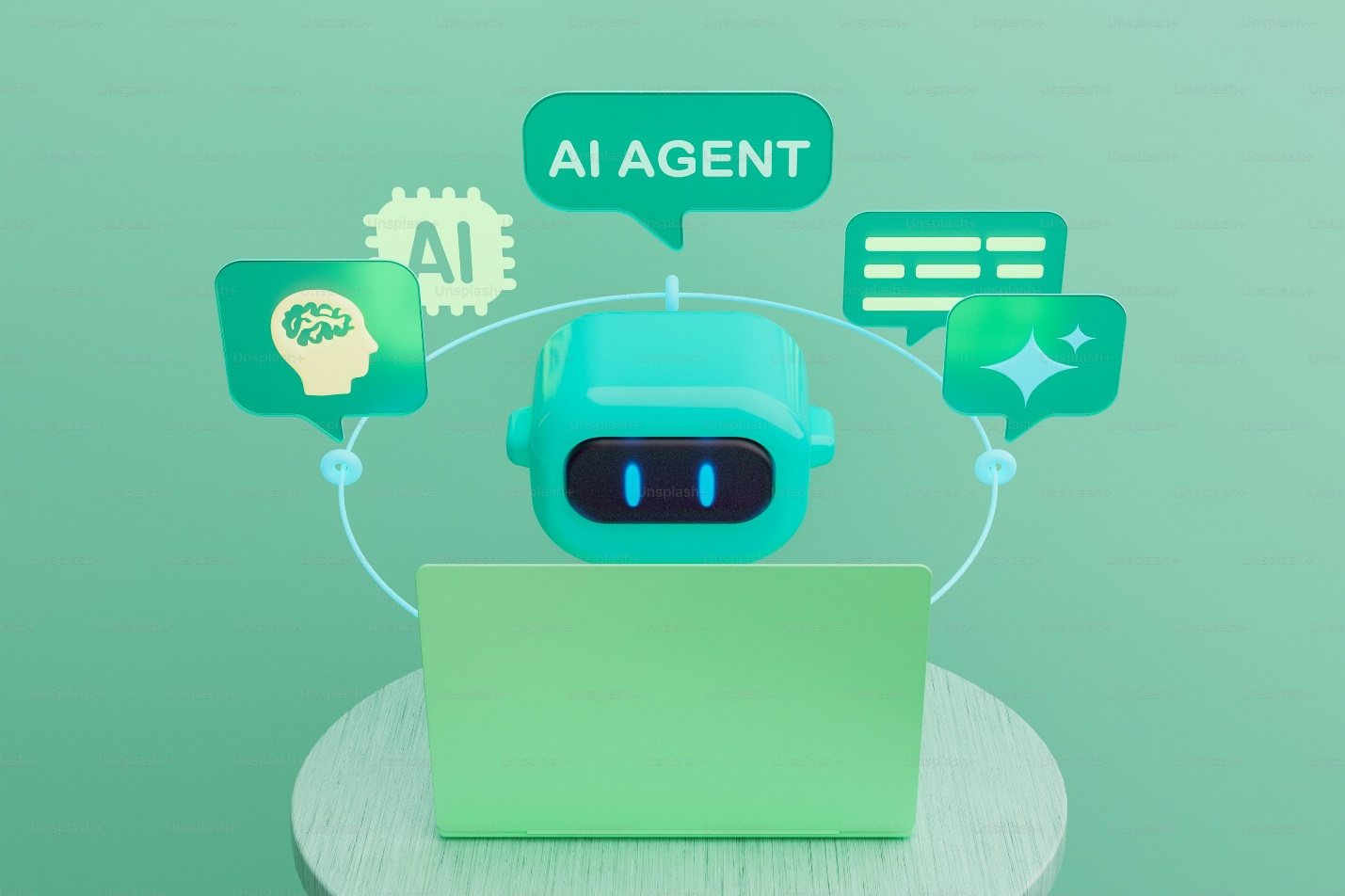
An AI agent is like a helper that can do tasks on its own. The best thing is that you don't need to guide it all the time. It can look at what’s happening around it, understand that information, and decide what to do next. For example, in a customer service center, an AI agent can talk to customers, solve common problems, or even send the issue to a human if needed.
What makes AI agents really useful is that they don't just follow fixed rules. They learn and get better over time. This means they can handle multiple tasks and continue working even when circumstances change around them.
IBM customers use AI agents for multiple reasons. Here are some benefits they get while using AI agents.
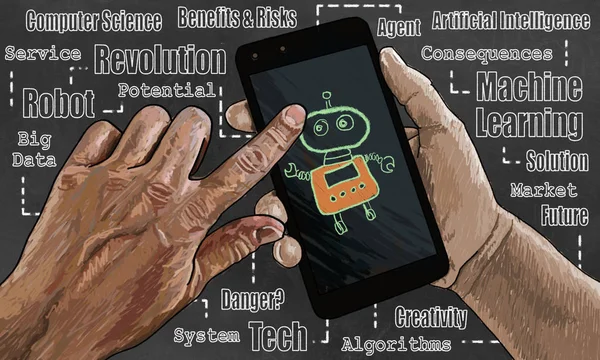
IBM customers use different ways to check how well AI agents are doing. These different ways are explained below:
Many IBM customers are experiencing tangible improvements in their work processes and client service. For example, Camping World, a major RV retailer, uses an AI assistant named Arvee. Since introducing Arvee, customer engagement has gone up by 40%. Wait times dropped from hours to just 33 seconds, and their live support team is now 33% more productive. The AI handles common customer questions, allowing human agents to focus on more complex tasks.
Vodafone has also achieved significant results by utilizing IBM's AI tools. What used to take over six hours to test now takes less than a minute. This faster process helps them maintain fresh and efficient customer service. In San Antonio, the public transportation system created a digital assistant named Ava. Ava answers over 3,000 questions each month in both English and Spanish. She even gives bus arrival updates, which makes traveling easy for locals.
Tricon Steamship Agency used IBM’s automation tools to reduce the time spent filling out forms from four hours a week to just 30 minutes. So, their team focuses more on helping customers and less on paperwork. The city of Helsinki also used ten virtual assistants across different departments. These bots now handle up to 300 contacts every day. They help connect systems and break down data silos. So staff can better support citizens.
IBM is working diligently to improve its AI agents. They plan to utilize new brain-like systems and specialized AI hardware. Therefore, AI agents can perform well and undertake more complex tasks. In the future, these AI agents won’t just follow commands. They'll work independently and plan projects. To manage this, IBM is also building tools to keep things safe and trustworthy.
IBM is creating flexible tools like Watson Orchestrate. Therefore, businesses can effectively incorporate AI into their everyday operations, such as HR, IT, and finance. These tools can also be integrated with various AI models, including those from other companies. Therefore, businesses will finally have the option to choose the AI agent that works best for them.
AI agents are rapidly becoming part of every business. These tools are changing how work gets done and opening new doors for growth and innovation. AI agents bring a lot of exciting benefits. But they also come with challenges. One of the major concerns is privacy and security. It’s important to protect that data from misuse or cyberattacks. Another risk is depending too much on AI. If companies rely fully on automation without human oversight, small errors can escalate into significant problems. Still, if used wisely, AI agents can do great things. The key is balance. You should use the power of AI to improve work while keeping things fair, clear, and under human control.
Advertisement

What makes BigCodeBench stand out from HumanEval? Explore how this new coding benchmark challenges models with complex, real-world tasks and modern evaluation

Hugging Face enters the world of open-source robotics by acquiring Pollen Robotics. This move brings AI-powered physical machines like Reachy into its developer-driven platform

How to use Librosa for handling audio files with practical steps in loading, visualizing, and extracting features from audio data. Ideal for speech and music and audio analysis projects using Python

Looking for the best cloud GPU providers for 2025? Compare pricing, hardware, and ease of use from trusted names in GPU cloud services

How the open-source BI tool Metabase helps teams simplify data analysis and reporting through easy data visualization and analytics—without needing technical skills
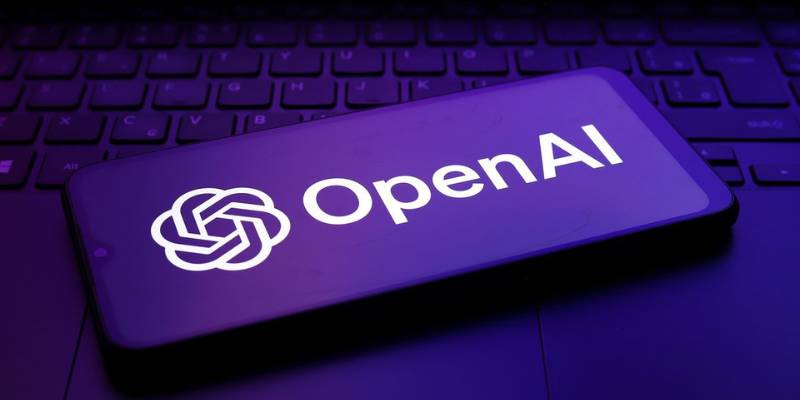
Discover OpenAI's key features, benefits, applications, and use cases for businesses to boost productivity and innovation.
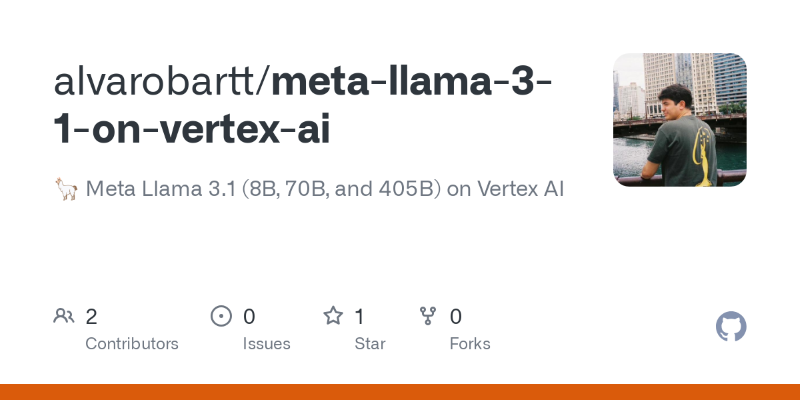
Need to deploy a 405B-parameter Llama on Vertex AI? Follow these steps for a smooth deployment on Google Cloud

How Phi-2 is changing the landscape of language models with compact brilliance, offering high performance without large-scale infrastructure or excessive parameter counts

Google debuts new tools and an agent protocol to simplify the creation and management of AI-powered agents.
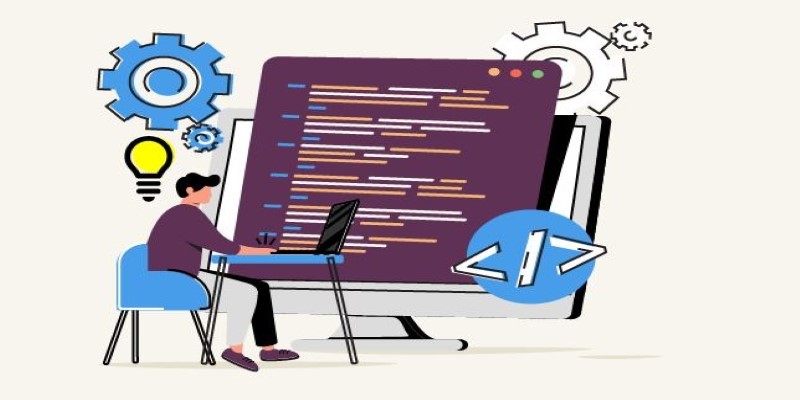
How to apply the COUNT function in SQL with 10 clear and practical examples. This guide covers conditional counts, grouping, joins, and more to help you get the most out of SQL queries

Gemma 3 mirrors DSLMs in offering higher value than LLMs by being faster, smaller, and more deployment-ready

How CPU Optimized Embeddings with Hugging Face Optimum Intel and fastRAG can run fast, low-cost RAG pipelines without GPUs. Build smarter AI systems using Intel Xeon CPUs